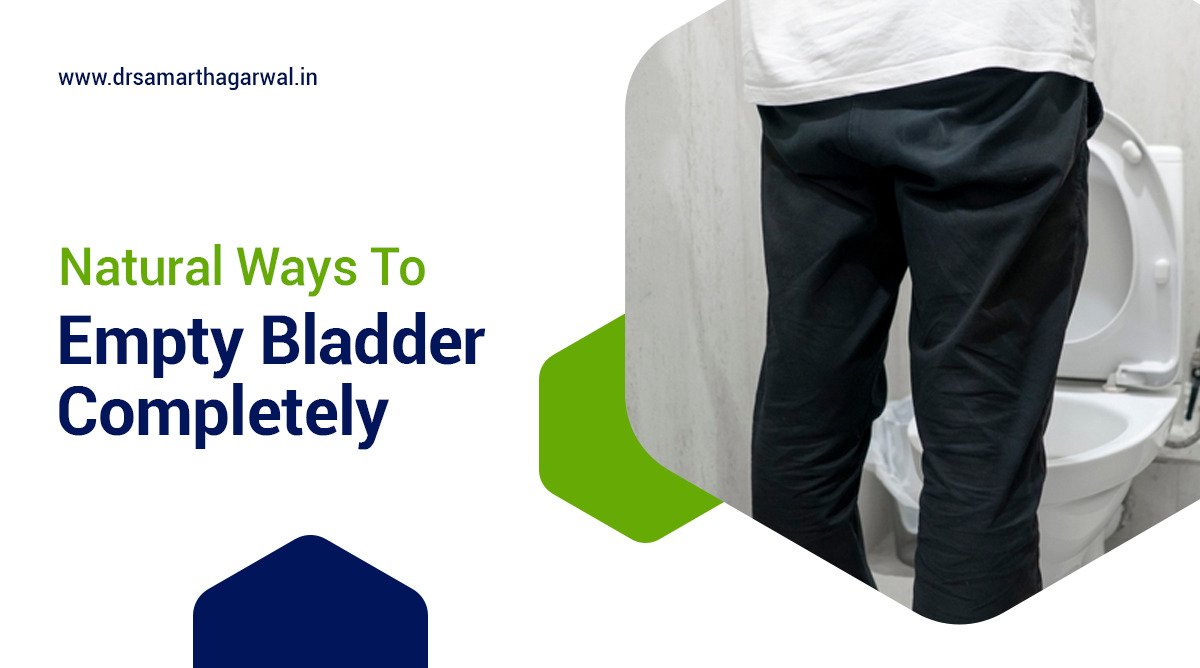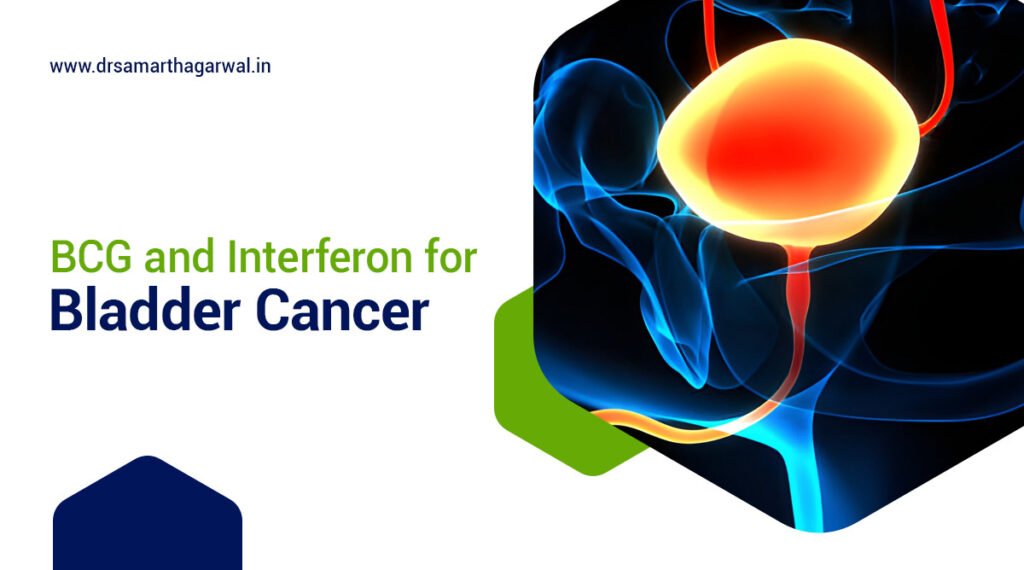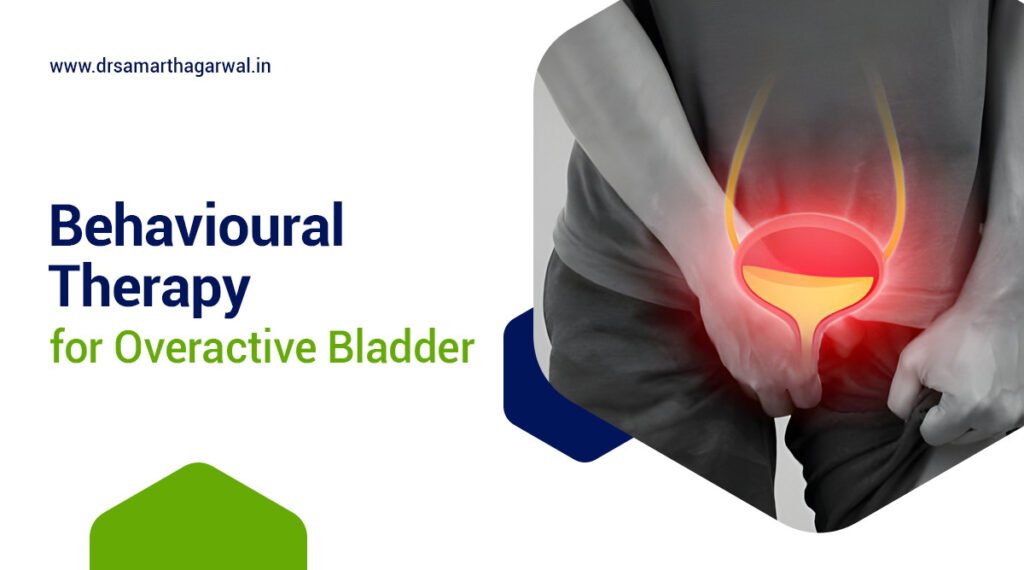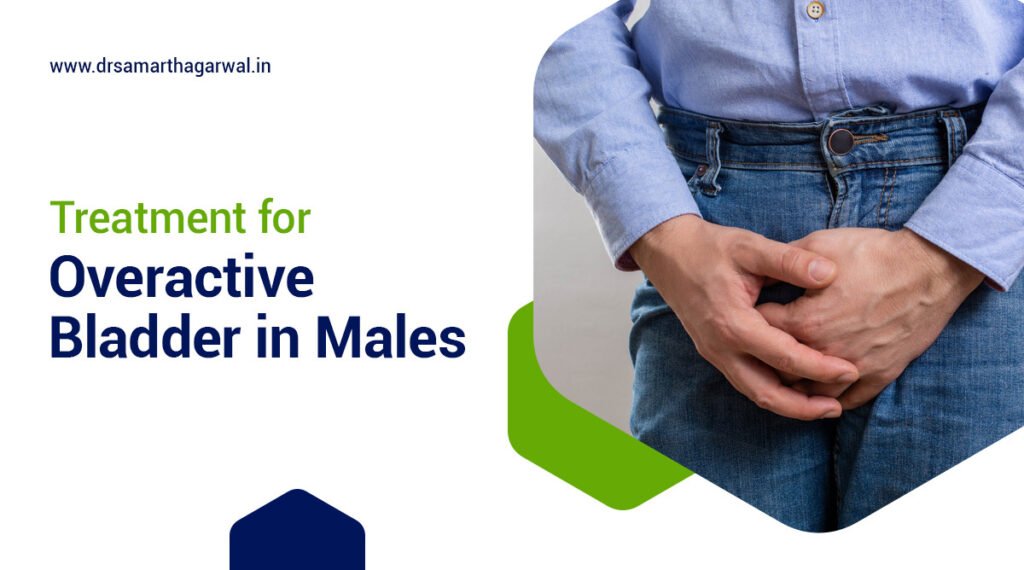Bladder emptying is an essential process for maintaining urinary health and preventing urinary tract infections. Incomplete bladder emptying can lead to various complications, such as urinary tract infections, kidney stones, and bladder stones. This article discusses natural ways to empty the bladder completely, including techniques, home remedies, and lifestyle changes.
Bladder emptying is the process of completely expelling urine from the bladder. Incomplete bladder emptying, also known as residual urine, can occur due to various factors, such as weak bladder muscles, nerve damage, or obstruction. A 2019 article published by Yale Medicine highlights the importance of emptying the bladder completely to prevent bladder stones.
The symptoms of incomplete bladder emptying include frequent urination, urinary urgency, and urinary frequency. In some cases, incomplete bladder emptying may also lead to urinary tract infections, kidney stones, and bladder stones. To address this issue, various natural techniques, home remedies, and lifestyle changes can be employed to promote complete bladder emptying.
Why is complete bladder emptying important?
Complete bladder emptying is important to maintain the health of the urinary system and prevent complications such as urinary tract infections, kidney damage, and bladder stones. Failure to completely empty the bladder can lead to the buildup of urine and increased pressure in the bladder, causing discomfort and potential incontinence.
Urinary retention, the inability to empty the bladder completely, can occur due to several factors. These may include:
- Obstruction: This can be caused by a physical blockage in the urinary tract, such as a kidney stone, enlarged prostate, or urethral stricture.
- Neurological issues: Conditions that affect the nerves controlling the bladder, such as spinal cord injuries, multiple sclerosis, or Parkinson’s disease, can impair bladder emptying.
- Medications: Certain medications, particularly those with anticholinergic properties, can relax the bladder muscles and impede the ability to empty the bladder.
- Pelvic floor dysfunction: Weakness or spasm of the pelvic floor muscles can cause difficulty in starting or completing urination.
To diagnose urinary retention, a healthcare provider may perform a physical examination, evaluate the patient’s urinary habits, and conduct imaging studies such as ultrasound or cystoscopy. Treatment may involve lifestyle modifications, such as bladder training, scheduled bathroom breaks, and fluid management; medications to relax the bladder or strengthen contractions; or more invasive interventions such as catheterization or surgery.
Preventing urinary retention involves maintaining good bladder habits, staying hydrated, avoiding constipation, and practicing good pelvic floor muscle exercises.
If you experience symptoms of urinary retention, such as frequent urination, difficulty starting or completing urination, or incontinence, it is important to seek medical attention to prevent complications and maintain bladder health.
Natural Techniques for Complete Bladder Emptying
Staying Hydrated
Water is essential for maintaining good bladder health. Adequate hydration helps to flush out toxins and bacteria from the bladder, reducing the risk of urinary tract infections. It also helps to prevent the formation of kidney stones and promotes overall urinary system function.
The general recommendation for daily water intake is about 8-10 cups (64-80 ounces) for adults. However, individual water needs can vary based on factors such as age, weight, activity level, and climate. It’s important to listen to your body and drink water throughout the day to stay properly hydrated.
In addition to water, other hydrating beverages like herbal teas, coconut water, and diluted fruit juices can contribute to your daily fluid intake. However, it’s best to limit or avoid drinks high in caffeine, alcohol, and sugar, as they can irritate the bladder and lead to dehydration.
Incorporating certain foods into your diet can help support bladder health. Examples of bladder-friendly foods include:
- Cranberry juice: Cranberries contain compounds that may help prevent urinary tract infections by preventing bacteria from sticking to the bladder walls.
- Pumpkin seeds: Rich in antioxidants and nutrients, pumpkin seeds can support overall bladder function and may help reduce inflammation.
- Magnesium-rich foods: Foods like spinach, almonds, and bananas are good sources of magnesium, which can help relax the bladder muscles and promote healthy urine flow.
By staying hydrated, eating a balanced diet rich in bladder-friendly foods, and avoiding irritants, you can support your bladder health and overall well-being.
Foods to avoid
Certain foods are known to have the potential to cause bladder inflammation and exacerbate symptoms of bladder problems. These include alcohol, caffeinated beverages, carbonated beverages, citrus foods, high water-content foods like watermelon, cucumbers, and strawberries, onions, salsa, spicy food, and tomatoes.
Eliminating these foods can help in reducing bladder inflammation and minimizing discomfort associated with bladder problems. It’s important to consult a healthcare provider for personalized dietary advice to address specific bladder issues and health conditions.
Exercise and Physical Therapy
Kegel exercises are pelvic floor muscle exercises that can strengthen the muscles supporting the bladder. To perform them correctly, locate the pelvic floor muscles by trying to stop urine flow or insert a finger into the vagina or rectum and squeeze. Squeeze and hold for 3-5 seconds, then release. Aim for 10-15 repetitions 2-3 times per day.
Kegel exercises can improve bladder control by strengthening the pelvic floor muscles that support the bladder. This can reduce urinary incontinence and the urge to urinate.
Other exercises that can strengthen the pelvic floor include using vaginal cones or biofeedback devices. Regular exercise in general can also benefit bladder health by maintaining a healthy weight and improving overall muscle tone.
Consistent practice of pelvic floor exercises like Kegels, along with general physical activity, can significantly improve bladder control and function over time
Bladder Training
Bladder training is a technique used to treat bladder control problems, especially incontinence. It involves scheduling bathroom visits and gradually increasing the time between them, as well as Kegel exercises to strengthen the muscles used to start and stop the flow of urine. The aim is to control the urge to urinate and help the bladder hold more urine. It can take six to 12 weeks for bladder training to be effective.
Moreover, bladder training can also ensure that the bladder is emptied completely. This process is specifically beneficial for individuals struggling with overflow incontinence, which happens when a complete emptying of the bladder is not achieved causing urinary leakage.
Delayed Urethral Closing: This technique involves refraining from emptying the bladder to train the bladder to drain completely. Ideally, upon feeling the urgency of nature, one may wait for minutes afterward to empty the bladder. This not only helps delay the action but also stretches bladder muscles responsible for triggering the contractions indicating the need to pass urine; thereby, delaying unwanted urinations.
Delayed Drinking: A person following bladder training undergoes controlled drinking over the day using a detailed drinking schedule determined by discussing with a specialist. Controlled drinking combined with conscious bladder muscles training eventually results in training the urethra to squeeze shut appropriately throughout the day, further ensuring clean bladder at the start of the next intermission at the bathroom; thus addressing overflow incontinence.
Double Voiding (Daily Scheduled Flushing Urination): Overflow and incomplete emptiness urination can take place more frequently during the onset since the bladder stretches for holding more without being disturbed. To stimulate thorough emptying throughout the day’s intervals until the bladder becomes accustomed to filling and emptying smoothly, one empties the bladder twice without waiting for the full 75% to occur. With time, fewer intervals follow as the bladder muscles mature to accommodate storage and release requirements.
It can take over a month on average; however, the patience and devotion to the outlined methods above are crucial while following daily bladder training recommendations. It offers the potential remedy along with other remediation techniques like medical prescriptions and surgeries whenever necessary suggested by a respective healthcare institution.
Relaxation Techniques
The following techniques provide insight into methods for promoting relaxation and addressing tension when emptying the bladder: Timed voiding, double voiding, staying well-hydrated, ensuring bowel regularity, maintaining proper sitting position on the toilet, engaging in deep breathing exercises, and more.
- The sound of water can promote the bladder muscle to contract, but care should be taken not to promote bladder muscle instability with overuse of this technique.
- Tapping over the bladder may assist in triggering a contraction in some people.
- Stroking or tickling the lower back may stimulate urination and has been reported to be helpful in some patients.
- Whistling provides a sustained outward breath with a gentle increase in pressure in the abdomen that may help with emptying your bladder.
- General relaxation techniques can help people who are tense and anxious about their condition.
- Women should always sit down properly on the toilet with the feet supported; relaxing the pelvic floor muscles and allowing sufficient time to empty to completion (avoid hovering).
- Some women find supporting the anterior vaginal wall by inserting a finger into the vagina and applying pressure forwards can help.
- Practice deep breathing and focus on relaxing the body, especially the pelvic floor muscles, while urinating to help fully empty the bladder.
When to Seek Medical Attention
ladder issues can be uncomfortable and distressing, but it’s crucial to seek medical help when necessary to address the underlying cause and prevent potential complications. The symptoms that may require immediate medical attention include:
- Inability to pass urine or empty the bladder: This can signal urinary retention, which might be a sign of a blockage, nerve damage, or other serious conditions.
- Frequently urinating eight or more times per day: Frequent urination, also known as frequency, could indicate an infection or other bladder problems.
- Seeing blood in urine: This symptom, known as hematuria, could indicate a bladder infection, inflammation, or even cancer.
- Bladder infection symptoms, such as painful urination and fever: These symptoms could indicate a urinary tract infection (UTI) that requires prompt treatment to prevent complications.
If you experience any of these symptoms, it’s essential to seek healthcare professional assistance promptly. These symptoms can signal serious health problems such as inflammation of the bladder, cystitis, or bladder cancer.
According to the National Institute of Diabetes and Digestive and Kidney Diseases (NIDDK), you should also seek care right away if you:
- Can’t pass urine or empty your bladder, which is a sign of urinary retention.
- Urinate too often—eight or more bathroom visits a day—also called frequency.
- See blood in your urine, called hematuria.
- Have bladder infection symptoms, including painful urination.
These symptoms can signal a serious health problem, including inflammation of the bladder, also called cystitis, or even bladder cancer. If you have any concerns about bladder issues, it’s always a good idea to consult with a healthcare professional for a proper evaluation and treatment options.
In addition to the above symptoms, it’s also important to note that chronic, or long-lasting, cough, constipation, diabetes, overweight or obesity, genitourinary fistulas, and nerve damage can cause or contribute to urinary incontinence in both women and men. Stress incontinence can occur in women due to pregnancy and childbirth, trauma or injury, pelvic organ prolapse, menopause, and weak pelvic floor muscles. Men may develop urinary incontinence along with prostate problems, such as prostate enlargement or prostate cancer treatment.
If you’re experiencing bladder control problems, it’s essential to seek help from a healthcare professional to determine the underlying cause and find the most appropriate treatment. Treatment may include lifestyle changes, medication, surgery, or a combination of these options. Common lifestyle changes include pelvic floor exercises, bladder training, scheduled toilet visits, and fluid and diet modifications. Medications may include anticholinergics, tricyclic antidepressants, and alpha-blockers. In some cases, surgery may be necessary to address anatomical issues or blockages.

If you have any bladder issues then book a consultation with Dr. Samarth Agarwal Today.







